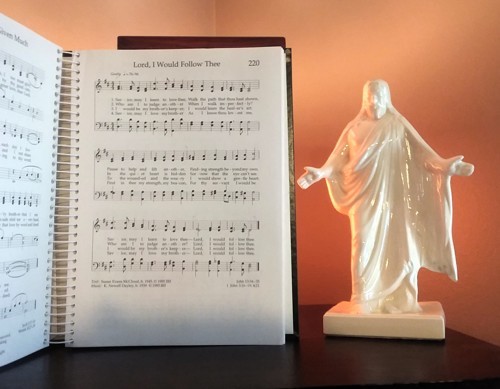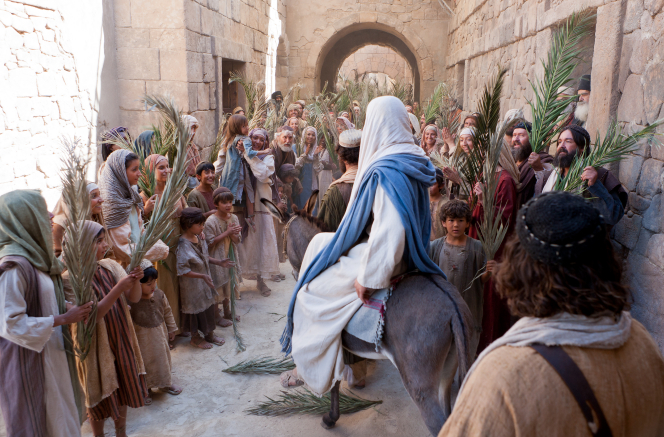Susan Evans McCloud, the lyricist of the beloved hymn, “Lord, I Would Follow Thee” (Hymns, no. 220), says that while she was writing the hymn one of the things that she learned is that the Lord’s timing is not our timing, and His ways are not our ways. He often has a plan that is far different than our own.
During the period in the early 1980s when preparations for a new hymnbook was taking place, McCloud worked occasionally for the Young Women’s organization of The Church of Jesus Christ of Latter-fay Saints or the Church Education System. At that time, Michael Moody was the chairman of the Church Music Committee and over the hymnbook project. Whenever McCloud met him at the Church Office Building, he encouraged her to send him some of her lyrics.
She was excited to do so, but nothing would come to her. And there were times when she would simply forget. It was not until the book was complete that she also realized that she never contacted one of her music colleagues to ask about writing a song together, nor did they contact her.
Late one Friday afternoon in March 1985, McCloud received a telephone call from Michael Moody, asking her to write some lyrics for a song about the Savior that would be tender and powerful – about loving Him and striving to emulate Him in her life. Many songs were reviewed as possible selections for the new hymnal, but only 92 would be chosen that were new either in music, text, or both.
With not much to go on, and very little time to write the lyrics as they were needed for a Monday morning meeting, she spent many quiet hours in writing and in prayer on Saturday evening, with one last final effort on Sunday. On Sunday evening, she telephoned Moody and read the lyrics to him as he had requested. After a moment of silence, he said, “I knew you were the one.”
She recalls the experience that she had following the death of her three-month-old niece, Sarah, the daughter of her sister, Laura. She and Laura were out shopping the day after Sarah’s death. She found herself watching people, and when someone was being brash or rude, she would look at them and think, “How do I know what they’re suffering? What if they just lost their job, or found out they have cancer? What if someone they love has died?” That experience caused her to be more loving, patient, kind, and forgiving of others. From that experience came the line of the song: “In the quiet heart is hidden sorrow that the eye can’t see.”
One week later, her experience was repeated when Brother Newell Dayley was given her lyrics and told to compose the music as quickly as possible, as the hymnbook was in the final stages. He too was faced with challenges in being able to complete the task on time. She says, “The hymn became a living thing because of the beauty of the music and the perfect harmony between the lyrics and the tune, which harmony was created by the spirit as well as the skill of this gifted man.” She continues, “This was the hymn that, for some reason, I was supposed to write. If I had sent in something else, it would not have worked. Therefore, this seeming veil was drawn over until the time and circumstances were right.”





Thank you, Sarah and Newel, for this simple and heart felt story on this beautiful hymn.